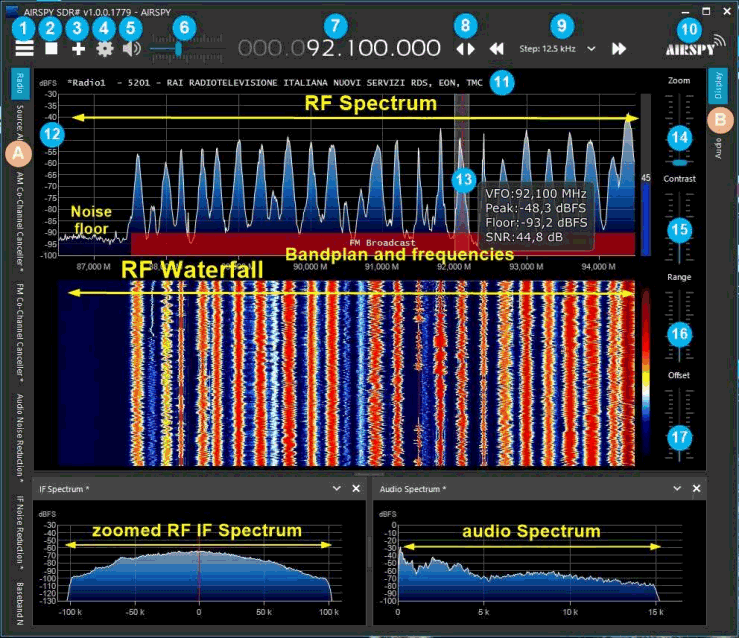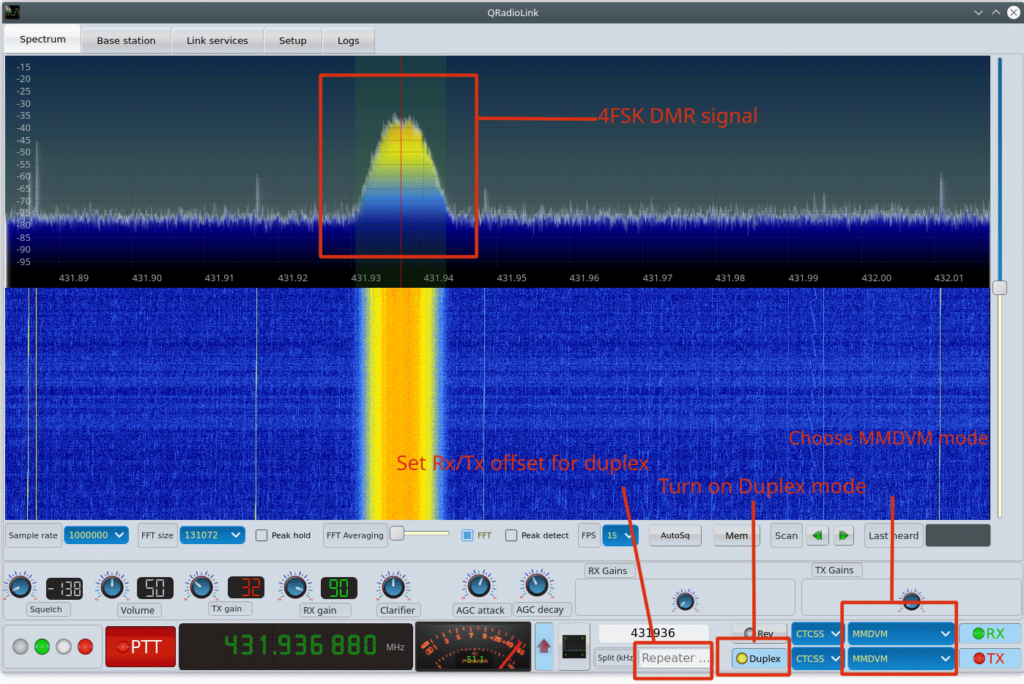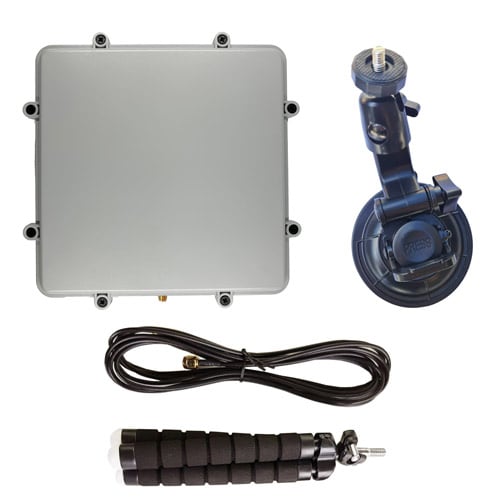Receiving the ‘Hidden’ Broadcast FM SCA Audio Subcarrier with an RTL-SDR and SDR#
Broadcast FM channels can often contain additional subcarriers hidden within the bandwidth. A common subcarrier is Radio Data System (RDS), and this is what provides song and radio station text information to your radio.
Another less commonly seen subcarrier is the Subsidiary communications authority (SCA), which is a separate audio channel hidden within the broadcast FM signal. SCA is typically used for niche radio programs, elevator music, music for doctors offices, and niche services such as reading for the visually impaired. In the past you needed a special hardware SCA radio to receive these channels, however receiving these channels with an SDR is relatively simple. Not all broadcast FM stations will have an SCA service, but the video shown below explains how to find one.
Over on YouTube channel Double A has uploaded a video showing how to decode these SCA subcarriers using an RTL-SDR, two SDR# instances and the MPX Output plugin. The idea to to use a virtual audio cable to pipe the FM Multiplex (MPX) audio output from one instance of SDR# to another. In the second SDR# instance you can then directly tune into the SCA channel. In his video he also explores the FM MPX spectrum, showing the different components, and also how to install and use RDS Spy for decoding RDS.




